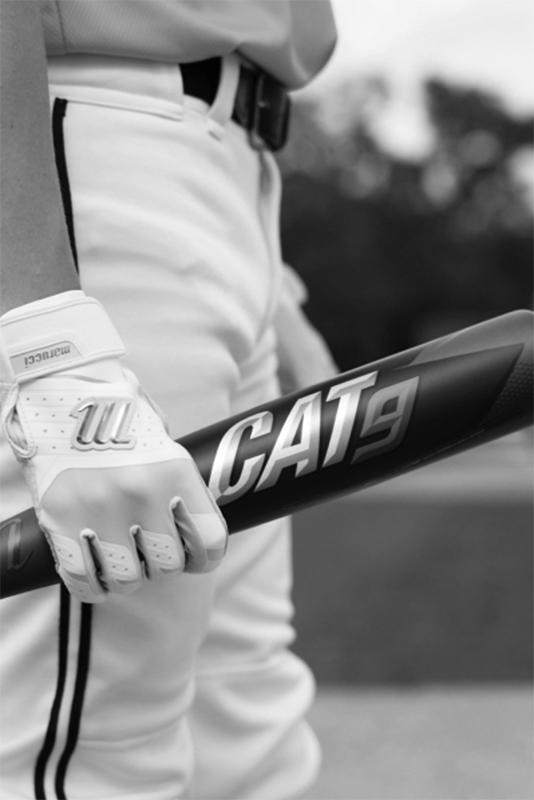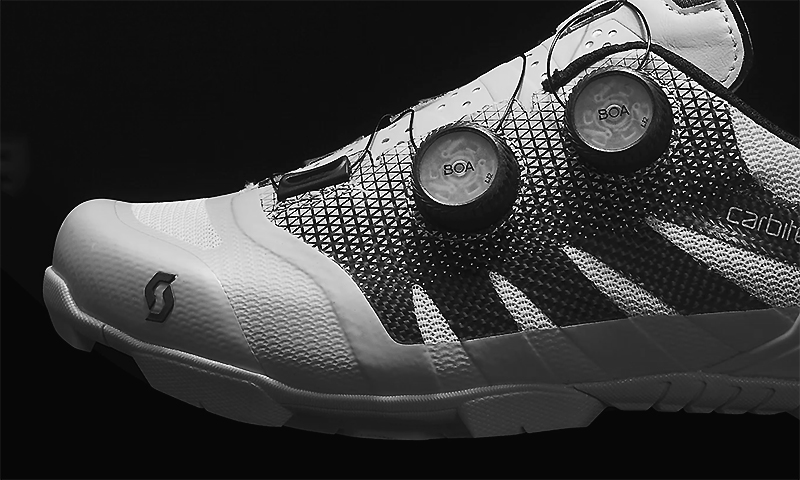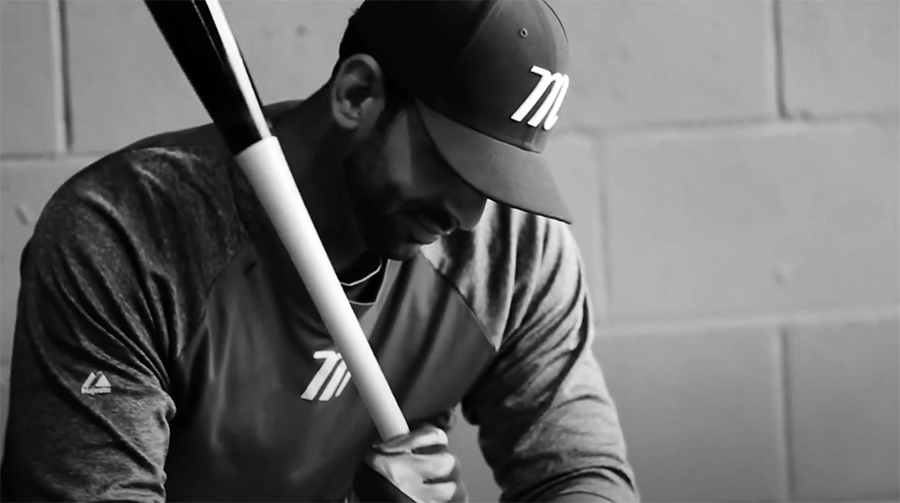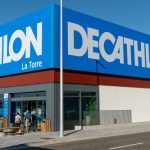Compass Diversified (CODI) had a busy 2020 after completing two acquisitions, solidified its balance sheet and appointed two CEOs at subsidiary companies. If that didn’t sound busy enough, company CEO Elias Sabo also shared on a conference call with analysts that CODI not only exceeded its internal financial expectations but also produced organic growth on a pro forma basis in 2019.
The diversified portfolio of brands under the CODI umbrella added two other active lifestyle businesses to its existing 5.11 Tactical, Liberty Safe and Velocity Outdoor brands in the active lifestyle space and added growth opportunities for the overall business.
“The acquisitions of Marucci and BOA have transformed our portfolio and raised our core growth rates substantially,” said Sabo. “The performance of these businesses, since our acquisition, vividly demonstrates this growth leveraging. Marucci, in the six months from July 1, 2020 to December 31, 2020, compared to the same period last year, has experienced approximately 20 percent revenue growth and 70 percent EBITDA growth, despite youth sports in various levels of restrictions around the country. Similarly, BOA experienced revenue growth of 2.5 percent and EBITDA growth of 29 percent, substantially above expectations for the fourth quarter and compared to the same period last year.”
Sabo continued by saying that the two companies possess “all the attributes we look for in branded consumer acquisition candidates, highly aspirational brands, premium product positioning, with proven and extraordinarily talented leadership.”

Compass Diversified revenues grew 22.7 percent to $474.8 million in the fourth quarter, compared to $387.0 million for the prior-year quarter, primarily reflecting the BOA and Marucci acquisitions. Excluding the recent acquisitions, revenue increased by more than 10 percent, driven by strong sales growth at Velocity Outdoor, 5.11 and Liberty in the Branded Consumer segment, which offset sales declines at Arnold Magnetic Technologies, Ergobaby and Advanced Circuits. The company also has Foam Fabricators and Sterno in its portfolio. COO Pat Maciariello said the Branded Consumer businesses benefited from “an increased demand in outdoor categories.”
On a consolidated basis, the quarter’s revenue ended December 31 at $474.8 million, up 22.7 percent compared to $387 million for the prior-year period. This year-over-year increase primarily reflects acquisitions of Marucci and BOA during 2020. Excluding these recent acquisitions, revenue reportedly increased by more than 10 percent, driven by strong sales growth at its Branded Consumer subsidiaries, Velocity Outdoor, 5.11 and Liberty which offset declines in sales at Arnold, Ergo and ACI.
Consolidated company Adjusted EBITDA for the fourth quarter was $79.8 million, as compared to $61.7 million for the quarter ended December 31, 2019. The quarter’s net income was $8.8 million, as compared to $5.4 million for the prior-year quarter. The year-over-year increase in Adjusted EBITDA for the fourth quarter and full-year 2020 was said to be primarily a result of the BOA and Marucci acquisitions and “strong performance in the branded consumer companies.”
Pro forma consolidated revenue grew 11 percent and adjusted EBITDA increased 9 percent over the prior-year quarter. For the full-year ended December 31, pro forma consolidated revenue grew 2.5 percent, and adjusted EBITDA grew 2 percent over 2019. The pro forma number assumes BOA and Marucci Sports were owned on January 1, 2020.
The company’s Branded Consumer segment saw a full-year revenue increase of 9.1 percent and EBITDA 22.1 percent versus full-year 2019. The Branded Consumer businesses contributed over 60 percent of CODI’s pro forma consolidated subsidy or EBITDA and in the fourth quarter of 2020. EBITDA at these businesses increased by 42.5 percent.
BOA’s full-year 2020 EBITDA increased by 10.3 percent on “roughly flat revenue.” In the fourth quarter, BOA’s EBITDA increased 29 percent versus the comparable period in 2019 to $9.1 million, exceeding CODI’s expectations.

“With respect to our previous guidance range of $270 million to $280 million, which are [sic] at our Investor Day, we communicated that we expected it to be at the high-end of the range. We are pleased to report that we significantly exceeded the high-end of the range, with consolidated pro forma adjusted subsidiary EBITDA of over $290 million,” reported Sabo.
Ergobaby’s 2020 EBITDA declined to $15.6 million from $21.3 million in 2019. Fourth-quarter revenue and EBITDA were impacted negatively as the company repurchased inventory of its Tula brand from an international distributor, as the company refocuses that brand toward historic direct-to-consumer routes.
Liberty Safe’s EBITDA increased to $19 million in full-year 2020 from $10.9 million in 2019. In the fourth quarter, Liberty’s strong continued performance was driven by dealer sales and sales from traditional big-box customers. End market demand and bookings were said to “remain robust” in 2021, and much of the company’s production capacity reportedly remains filled in the second quarter of this year.
Marucci finished 2020 with an EBITDA of $13.8 million, down just 3.1 percent from 2019. Revenue and EBITDA in the fourth quarter were up 12.7 percent and 63.8 percent, respectively. Maciariello said the company continues to benefit from the launch of its CAT9 line of bats, strong sell-through for its products and gains in shelf space at key accounts. “We believe that Marucci’s exceptional 2020 financial performance and a year that experienced reductions and stoppages of baseball seasons nationwide speaks to both the power of the brand and the quality of the company’s leadership team and employees,” Maciariello shared.
Maciariello said the first quarter of the year typically represents a seasonally larger portion of its revenue and EBITDA, given channel partners are shipped goods in advance of spring baseball seasons. “This year, we are confident that Marucci is well-positioned in advance of the spring season, and we believe the company will benefit from what is expected to be a much more stable spring baseball season,” he said.
Velocity Outdoor’s EBITDA increased substantially in 2020, up 83.2 percent from the year-ago period. Velocity’s performance was said to be better than expected as “investments made over the last several years came to fruition, and continued consumer interest in outdoor activities drove demand for the company’s products” though challenges, and part of the company’s supply chain, remain. “Current bookings and sell-through at Velocity remain strong for 2021, driven by growing participation rates and innovative new product introductions,” said Maciariello.
5.11’s full-year EBITDA increased 16.5 percent in 2020 and by almost 20 percent in Q4 2020 versus Q4 2019. “Despite reduced traffic in the company’s retail stores due to the pandemic, 5.11’s direct-to-consumer business as a whole significantly exceeded our expectations in 2020,” said Maciariello. He also said the company took “significant steps” in the fourth quarter to enhance its omnichannel retail experience as it enabled ship from store capabilities at the vast majority of its 73 retail locations and shifted a significant portion of online orders from stores during the holiday season.
CODI had over $70 million in cash at year-end and approximately $290 million available on a revolver. Leverage was at 3.1x.
“We have substantial liquidity, and as previously communicated, we can upsize our revolver capacity by an additional $250 million,” explained company CFO Ryan Faulkingham.
“We enter 2021 with significant momentum at our back,” Sabo said while outlining the future view. “Our consumer businesses on a pro forma basis grew at a remarkable level of greater than 40 percent over the back-half of 2020, and early in 2021, we continue to see above-trend growth in this segment. While our industrial businesses suffered in 2020 due to reduced end-market demand, we believe our growth rate will turn back positive in this segment as soon as the second quarter, with comparable quarters becoming much easier. Based on these trends, for 2021, we expect to produce consolidated subsidiary adjusted EBITDA of between $305 million and $325 million, representing growth of 5 percent to 12 percent, and a payout ratio of between 80 percent and 70 percent.”
Photos courtesy Marucci, BOA
















